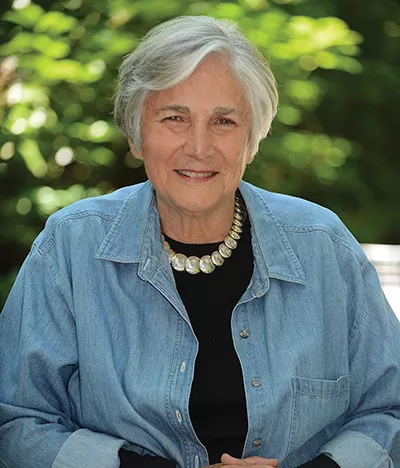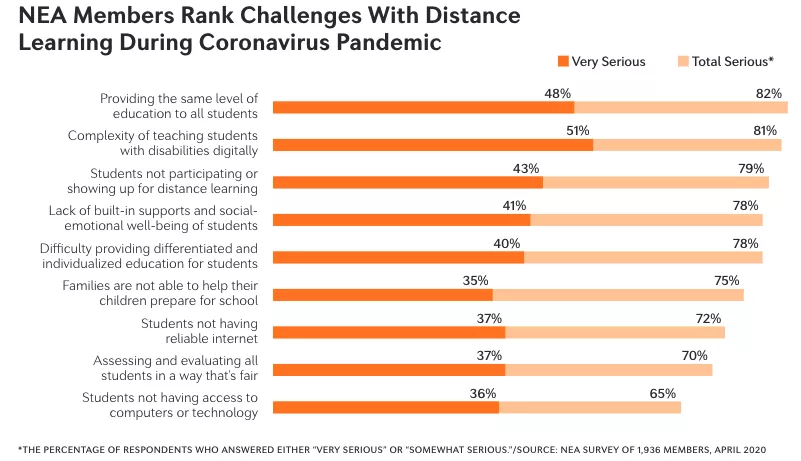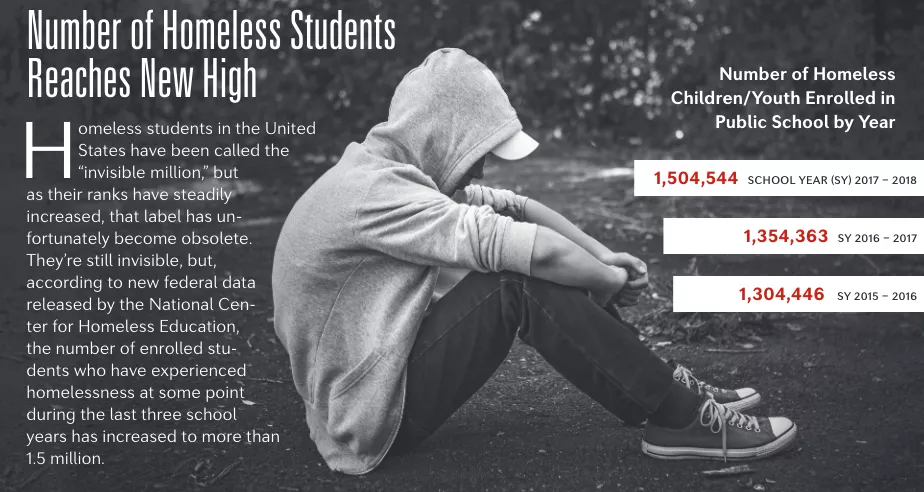First and Foremost June 2020
Q&A: Diane Ravitch
Public education champion and author Diane Ravitch has written a new book that she wants every public school educator to read.
In Slaying Goliath: The Passionate Resistance to Privatization and the Fight to Save America’s Public Schools [Knopf: 2020], Ravitch—the former assistant secretary of education under former President George H.W. Bush and NEA Friend of Education in 2010—celebrates the growing rebellion of educators, parents, and community members who are fighting for students and educators...and winning.
Let’s start with the title: Who here is Goliath?

Diane Ravitch: Goliath represents the people who have embarked on these really disastrous policies and funded them. You have to start with the government officials, and that means every president since George H.W. Bush, including Barack Obama. They had this idea that you test and test, and everybody will be proficient if you just test some more.
We pay a lot of attention to Betsy DeVos’s bad ideas, but is the battle happening more at the local level? Why does it matter?
DR: Because of the money involved, the crucial battles are being waged in local and state school board elections. Pro-voucher groups like Democrats for Education Reform have raised money for candidates in places as small as Perth Amboy, N.J. When you look at filings from these local elections, their candidates are coming up with $200,000 or more in contributions. Local people can’t compete against that. One of the reasons that I write about school board member Amy Frogge and her victory in Nashville is that, as far as I know, she never got out-of-state contributions, and she was running against some- body with five times as much money. What’s so dangerous about this situation—what this is really about—is whether we’re going to have locally elected school boards or boards elected by national organizations.
In a chapter about teacher resistance, you conclude that, “Teachers learned that together they had power. And they would not forget that lesson.” What is the role of unions in growing that power?
DR: I’ve never belonged to a union, but I’m a very strong believer in unionism. I think one of the reasons our society is in so much trouble is that we’re losing our middle lass. We see this growing ncome inequality and wealth inequality, and part of that is because the far-right is so effective at killing unions.
What they’ve done with unions is try to make sure there’s nobody at the table to speak up for teachers and students and communities. If there’s a union, there’s somebody who will say, ‘you can’t do this, you can’t cut anymore.’
You write, “The great lesson of this story is that billionaires should not be allowed to buy democracy. … The power of their money can be defeated by the power of voters.” What specifically is the lesson for NEA members?
DR: The big takeaway is that strikes work. When you have all these legislators with teachers in their corridors, and everybody is wearing their matching T-shirts, and they’re saying we need more for the children of this state, and constituents are calling and saying settle the strike, you suddenly create this whole counterpressure [against the influence of big-money donors and “disrupters”]. Where the strikes didn’t get everything people wanted, they got something—they helped organize teachers and led to some teachers running for office. If that kind of activism keeps up, chil- dren will, at last, have representation.
This is where unions fit in. Teachers are fighting for funding for children and to get decent teachers at a time of national teacher shortage.
NEA 2020 Representative Assembly Goes Virtual
In July, NEA members from across the nation will once again assemble at the annual NEA Representative Assembly (RA) to plan out and priori- tize the association’s activities over the next year. Because of the COVID-19 pandemic, this year’s RA will be virtual for both active and retired delegates and will feature a more limited agenda, but the important work of the union will move forward.
“Our members have not stopped their critical work educating and supporting our nation’s students and neither will their association,” said NEA President Lily Eskelsen García in a statement. “The buildings may be closed but we are making sure we do everything we can to keep learning open for our nation’s students,” she added.
Throughout this crisis, public health experts and doctors have agreed that one of the best ways to stop the spread of COVID-19 is for people to continue social distancing. Given this reality, it is clear that the RA—the world’s largest democratic deliberative body, with nearly 10,000 delegates annually—would not be safe to convene in person this July.
Putting the health of our members first, Eskelsen García said, “We cannot take the risk of educators becoming infected and spreading the virus to students, their families and colleagues, or their communities.”
NEA leaders acknowledge that a virtual platform can’t replicate the rigorous debate and excitement the RA is known for, and they are working to address the potential of uneven access to technology and reliable Wi-Fi and phone service so that it doesn’t hamper delegates’ ability to participate in the limited agenda.
Despite the challenges, said Eskelsen García, “NEA will continue engaging our members and advocating in support of … stronger public schools for all of America’s students and communities.“
For updates on the RA, visit nea.org/RA or nea.org/retired.
NEA Members Rank Challenges With Distance Learning During Coronavirus Pandemic

Charter School Co-Location: Public Schools Forced to Give Up Space
For-profit charter companies want more access to public school facilities in order to expand their operations.
Typically, charter schools are situated in buildings or facilities owned by an entity other than the school district, or in buildings formerly owned by the district. And virtual charter schools, of course, depend on little, if any, physical classroom space. However, many politicians and laws have now compelled some school districts to turn over space to charters.
This is called “co-location,” one of the more unfamiliar practices be- hind the sector’s dramatic expansion in states such as California. In Los Angeles alone, more than 70 public schools have seen valuable learning and collaborative spaces appropriated by charter companies for their staff and students. As a recent paper by the National Education Association points out, “Challenges are not limited to reduced resource availability. Sometimes a traditional public school and a co-located charter school have disparate cultures, educational philosophies, and traditions that can create additional tensions.”
Co-locations also exist or have been approved in San Francisco, Oakland, San Diego, and the California’s Central Valley area. The same trend is underway in Chicago and New York.
Educators and parents have been fighting back with some success, but charter school co-location often occurs because school communities aren’t involved. For more information on co-location and what steps you can take to become of a part of the decision-making process, visit neatoday.org/co-location.
Fact or Fiction on the Internet?
In 2019, Stanford University researchers evaluated the ability of 3,446 students—from 16 urban and suburban school districts in 14 states— to judge the credibility and accuracy of digital sources of information.
“If the results can be summarized in a single word, I would say they’re troubling,” said Stanford’s Sam Wineburg. In the 2020 presidential election, “Many current high school students will be first-time voters. Our findings show that they are unprepared to assess the information they encounter.”
SOME KEY FINDINGS:
- Fifty-two percent of students believed a grainy video claiming to show ballot stuffing in the 2016 Democratic primaries constituted “strong evidence” of voter fraud in the U.S. The video was actually shot in Russia.
- Two-thirds of students couldn’t tell the difference between news stories and ads (set off by the words “sponsored content”) on a news site’s homepage.
- Ninety-six percent of students did not consider why ties between a climate change website and the fossil fuel industry might lessen that website’s credibility.


